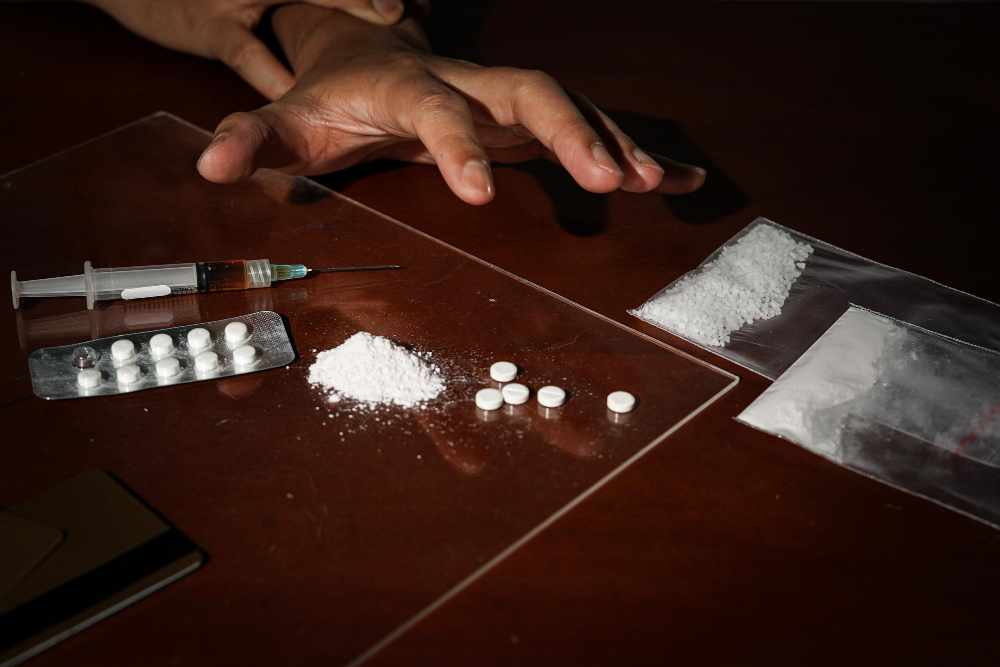What is Opioid Addiction?
Opioid addiction is a serious health problem. It happens when someone cannot stop using opioid drugs, even if they want to. Opioids are strong pain medicines. They include drugs like oxycodone, hydrocodone, morphine, and heroin. Many people start using opioids for pain relief. However, some may develop a need to use them more often. Over time, this can lead to addiction. According to the CDC, opioid addiction affects millions of people worldwide. Early help can make recovery easier.
Common Symptoms
Recognizing opioid addiction symptoms early can help. People with opioid addiction may show these signs:Strong cravings for opioidsNeeding more of the drug to feel the same effectUnable to stop or cut down useSpending a lot of time getting or using opioidsMissing work, school, or family eventsFeeling sick when not using opioids (withdrawal)Changes in mood, such as sadness or anger
Sometimes, people may hide their use. But, family and friends may notice changes in behavior. If you see these signs, it is important to seek opioid addiction help.
Causes and Risk Factors
There are many causes and risk factors for opioid addiction. Some people are more at risk than others. For example, using opioids for a long time can increase the chance of addiction. Also, people with a family history of addiction may be more likely to develop it. Other risk factors include:Having mental health problems, like depression or anxietyLiving in areas with high opioid useEasy access to opioid drugsPast history of drug or alcohol misuse
However, not everyone with these risk factors will develop opioid addiction. But knowing them can help with prevention.
Diagnosis Methods
Doctors use several methods to diagnose opioid addiction. First, they ask about your medical history and drug use. Next, they may use special questions to check for addiction symptoms. Sometimes, doctors may order urine or blood tests to look for opioids in the body. The diagnosis is based on guidelines from the American Psychiatric Association and the CDC. Early diagnosis can lead to better opioid addiction treatment.
Treatment Options
There are many opioid addiction treatment options. Treatment often depends on the person’s needs. Some common treatments include:Medications like methadone, buprenorphine, or naltrexoneCounseling and behavioral therapySupport groups, such as Narcotics AnonymousInpatient or outpatient rehab programs
Often, a mix of these treatments works best. According to the World Health Organization, combining medicine and therapy gives the best results. Family support can also help with recovery.
Prevention Tips
Preventing opioid addiction is possible. Here are some tips to lower your risk:Use opioids only as prescribed by your doctorDo not share your medicine with othersStore opioids in a safe placeTalk to your doctor about other pain relief optionsLearn about the risks of opioid use
Additionally, parents can talk to their children about the dangers of drug use. Early education can help prevent addiction.
Lifestyle Guidance for Recovery
Recovery from opioid addiction takes time. However, healthy habits can make it easier. Try these lifestyle tips: Stay connected with supportive friends and family Join a support group for people in recovery Exercise regularly to boost your mood Eat healthy foods and get enough sleep Find new hobbies to stay busy
Remember, setbacks can happen. But, each day is a new chance to move forward. With help, many people recover from opioid addiction.
Consult a healthcare professional for personalized advice on opioid addiction.

